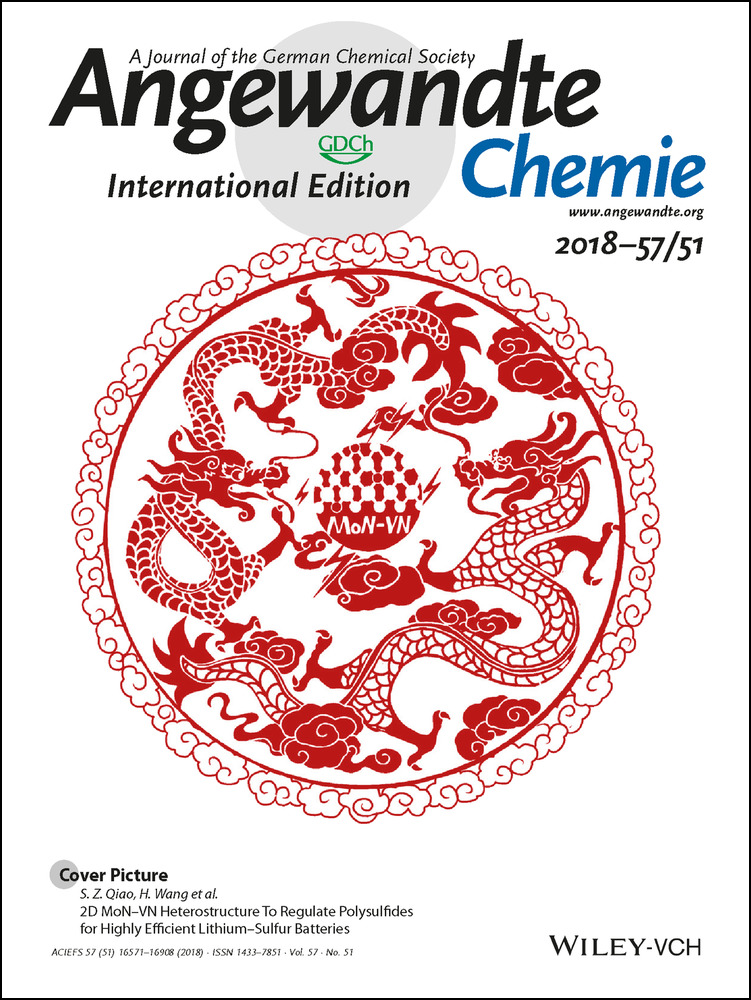Catalyst- and Template-Free Ultrafast Visible-Light-Triggered Dimerization of Vinylpyridine-Functionalized Tetraarylaminoborane: Intriguing Deep-Blue Delayed Fluorescence
Graphical Abstract
True blue: By utilizing BN/CC isosterism and topochemistry, visible-light-induced photodimerization of vinylpridine-appended tetraarylaminoborane (TAAB) was accomplished within a record low reaction time of 1 h without the need for a photoredox catalyst or template. Both the monomer and photodimer exhibit distinctive photophysical properties with deep-blue delayed fluorescence (DF) features in solution and in the solid state.
Abstract
A photoredox-catalyst- and template-free sunlight-induced molecular dimerization of a vinylpyridine-functionalized tetraarylaminoborane (TAAB) has been accomplished for the first time. The reaction is quantitative, highly regioselective, and thermally irreversible. The presence of the propeller-shaped TAAB framework allows selective photodimerization of one of the two vinyl pyridine units. Monomer 1 and photodimer 2 exhibit distinct photophysical properties with delayed fluorescence (DF) both in solution and the solid state, which was confirmed by steady-state and time-resolved luminescence studies. Quantum mechanical calculations were performed to support the experimental observations. Our new approach using [2+2] cycloaddition chemistry paves the way for the development of highly sought-after deep-blue DF materials.





